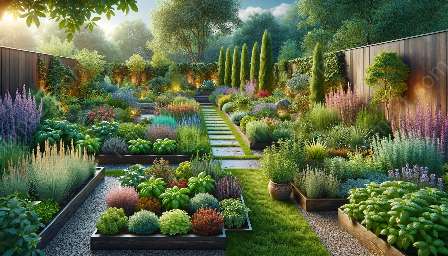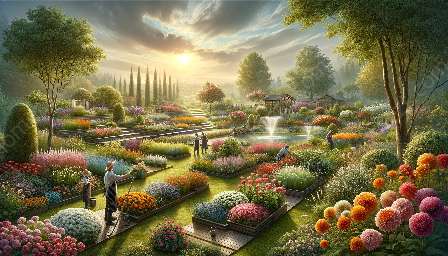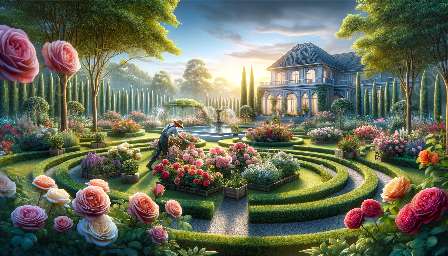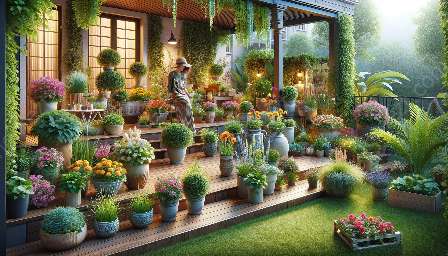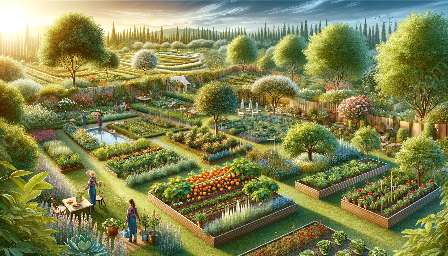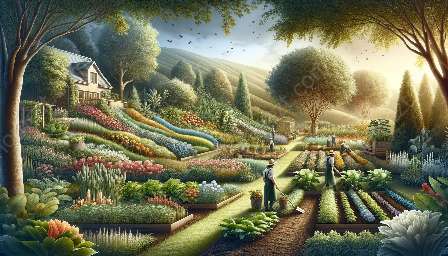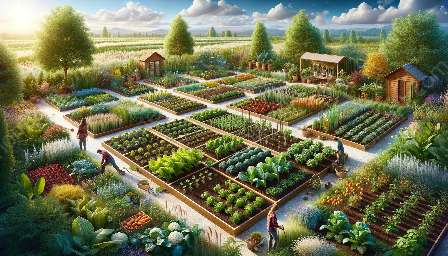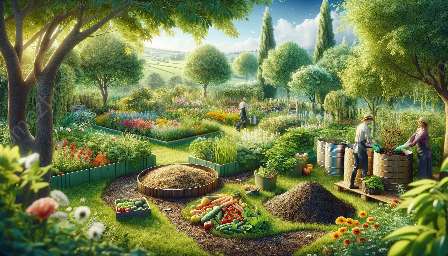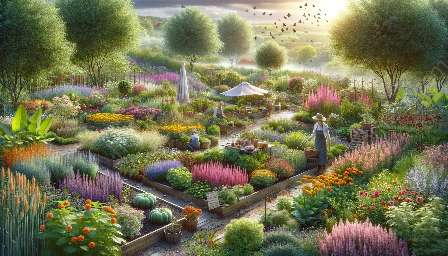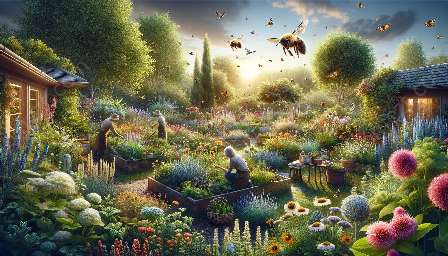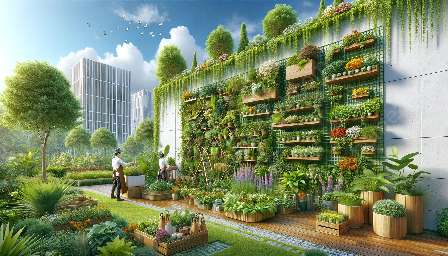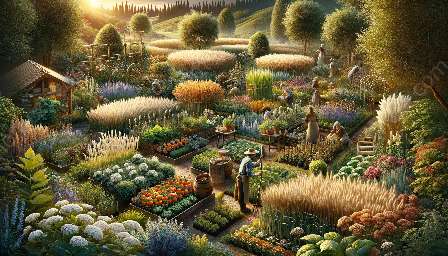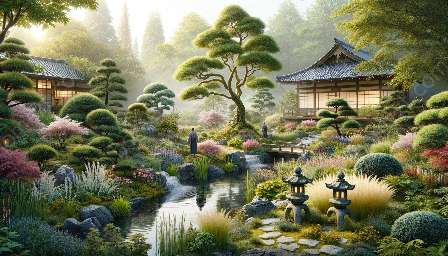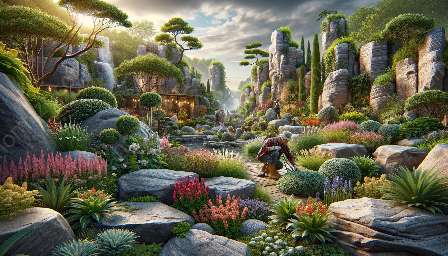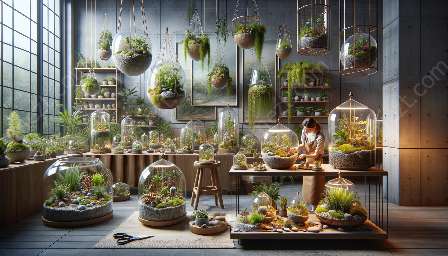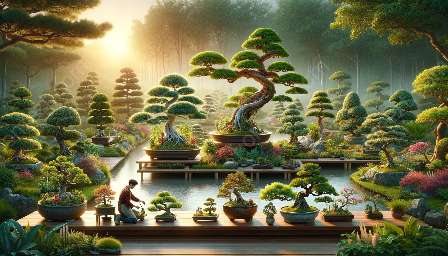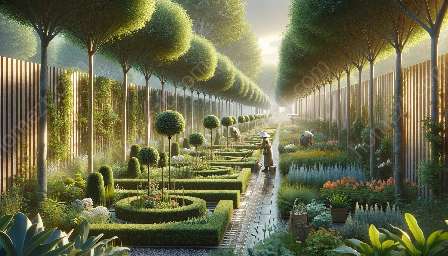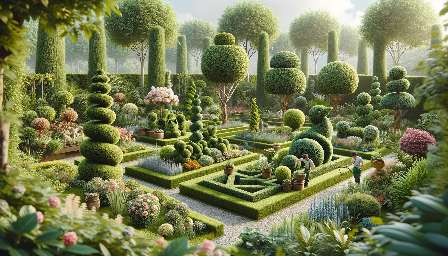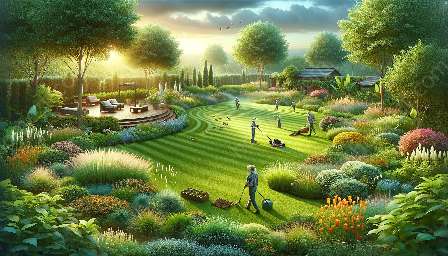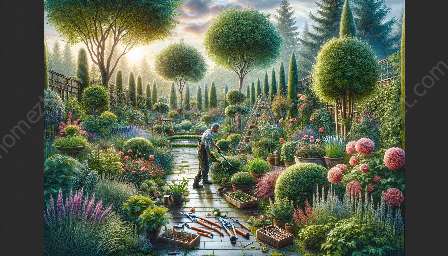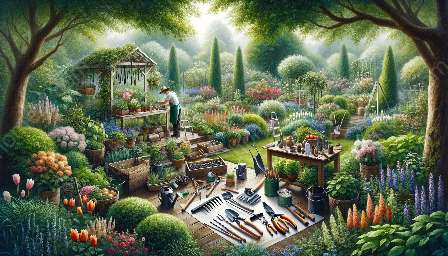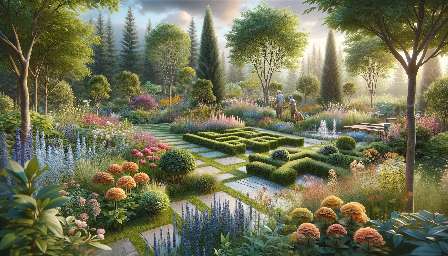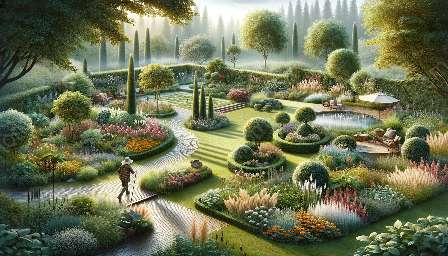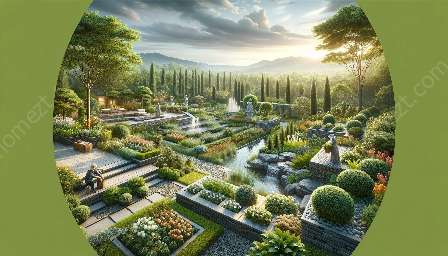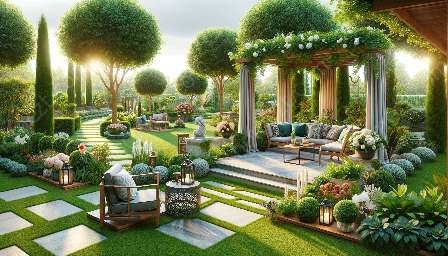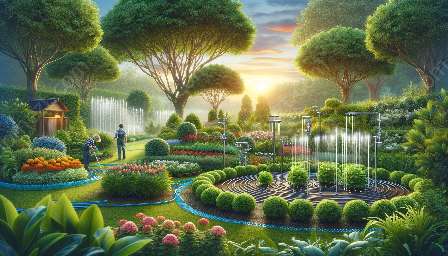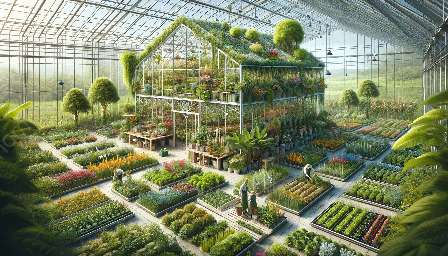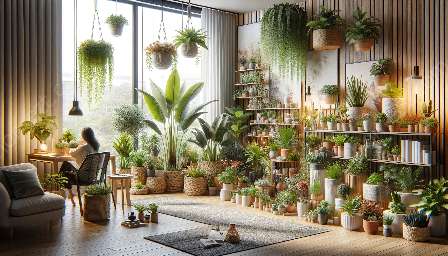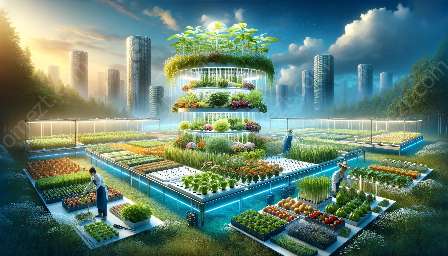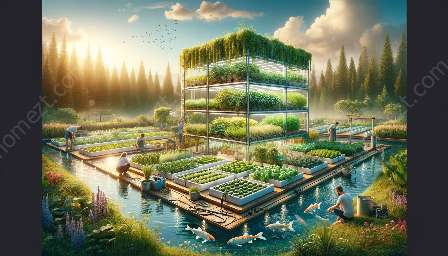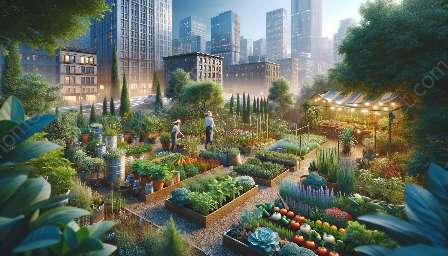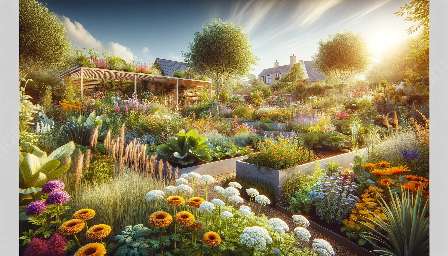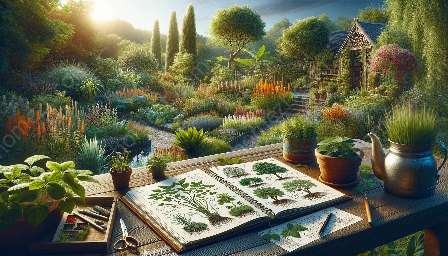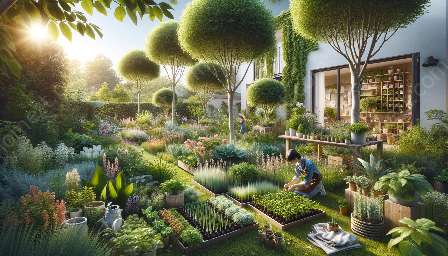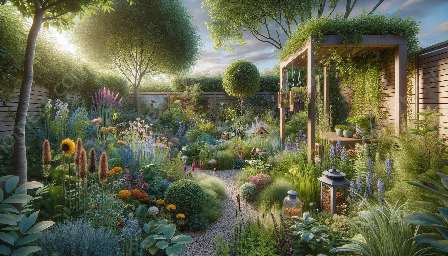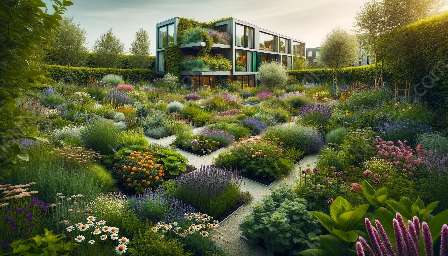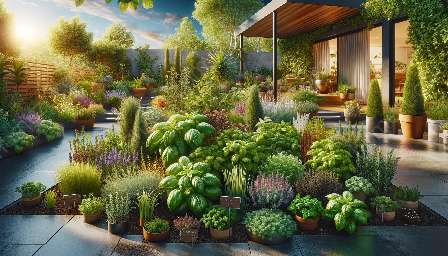When it comes to creating a beautiful and functional garden, understanding the principles of garden design is essential. By harmonizing elements such as companion planting, landscaping, and more, gardeners can create a space that is not only visually appealing but also benefits the overall health of the garden.
Understanding Garden Design Principles
Garden design principles encompass a range of elements, including layout, balance, rhythm, focalization, and unity. By applying these principles, gardeners can create a space that is visually pleasing and flows harmoniously.
Layout
The layout of a garden involves the arrangement of plants, pathways, and other elements. Consider the flow of movement through the garden and ensure that the design allows for easy access and enjoyment of the space.
Balance
Balance in garden design refers to the equal distribution of visual weight across the space. Achieve balance by considering the size, shape, and color of plants and features within the garden.
Rhythm
Rhythm in garden design creates a sense of movement and continuity. This can be achieved through the repetition of plants, shapes, or colors throughout the garden.
Focalization
Focalization directs the eye to a specific point within the garden, creating a visual anchor. This can be achieved through the use of a focal point such as a striking plant, sculpture, or water feature.
Unity
Unity brings all the elements of the garden together into a cohesive whole. It involves creating a sense of harmony and coherence through the careful selection and arrangement of plants, materials, and structures.
Companion Planting in Garden Design
Companion planting is the practice of grouping certain plants together to enhance growth, deter pests, and improve flavor. When incorporating companion planting into garden design, it's essential to understand the beneficial relationships between different plants. For example, planting marigolds alongside tomatoes can help to repel pests and enhance the overall health of the garden.
Understanding Complementary Plant Pairings
Companion planting involves understanding which plants work well together and which ones should be kept apart. For example, pairing nitrogen-fixing legumes, such as beans and peas, with nitrogen-demanding plants like corn, can improve soil fertility and overall plant health.
Creating a Diverse and Healthy Garden Ecosystem
Integrating companion planting into garden design helps create a diverse and healthy ecosystem. By carefully selecting plant combinations, gardeners can naturally improve soil quality, attract beneficial insects, and reduce the need for chemical pesticides or fertilizers.
Landscape Integration and Garden Design
Integrating landscaping into garden design is crucial for creating an attractive and functional outdoor space. By considering elements such as hardscaping, plant selection, and natural features, gardeners can create a harmonious and inviting landscape.
Harmonizing Hardscape and Softscape
When designing a garden, it's essential to strike a balance between hardscape elements, such as pathways, patios, and walls, and softscape elements, including plants, trees, and shrubs. Harmonizing these elements ensures that the garden feels cohesive and inviting.
Applying Design Principles to Landscaping
Applying design principles such as balance, rhythm, and focalization to landscaping helps create a visually stunning and functional outdoor space. Consider the placement of focal points, the use of repetition, and the distribution of visual weight across the landscape.
Embracing Natural Features
Integrating natural features, such as water elements, rocks, and existing trees, into garden design adds an organic and harmonious touch to the landscape. Work with the natural contours and features of the land to create a garden that feels like a seamless extension of the surrounding environment.
Conclusion
When it comes to creating an attractive and harmonious garden, understanding the principles of garden design, including companion planting, landscaping, and more, is crucial. By harmonizing these elements, gardeners can create a space that not only looks beautiful but also supports the health and vitality of the entire garden ecosystem.


